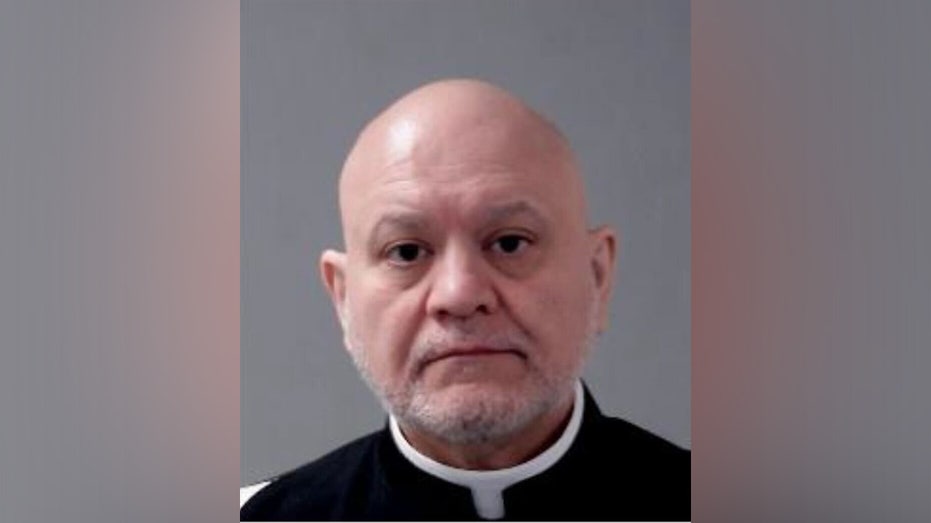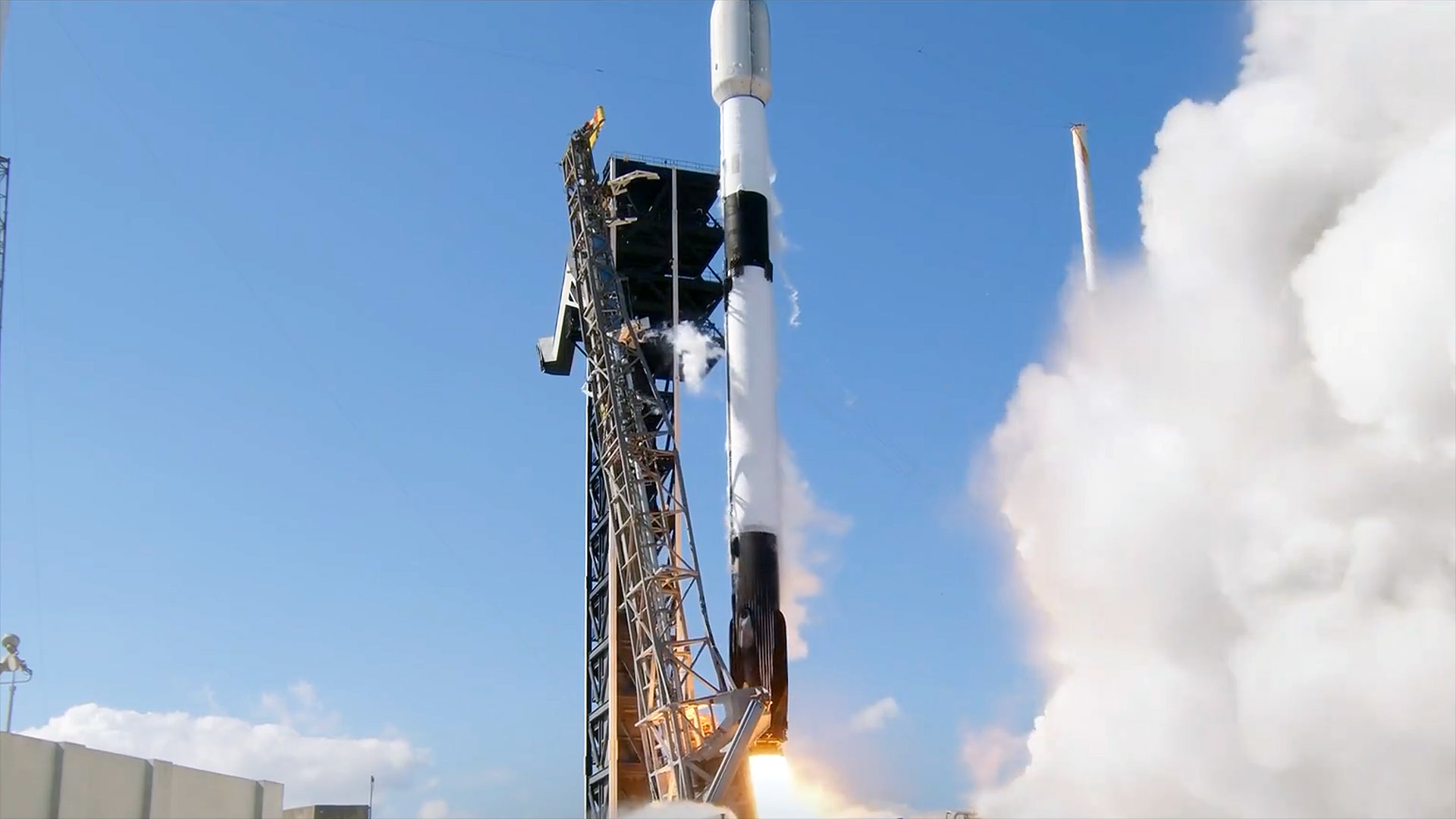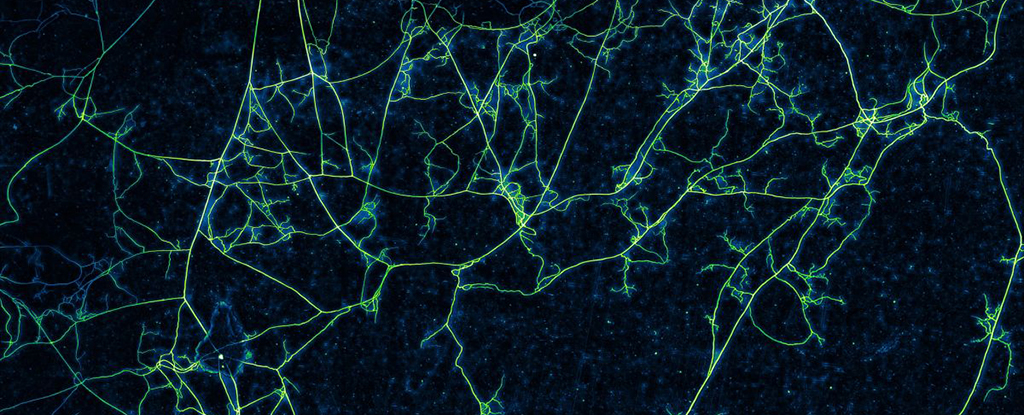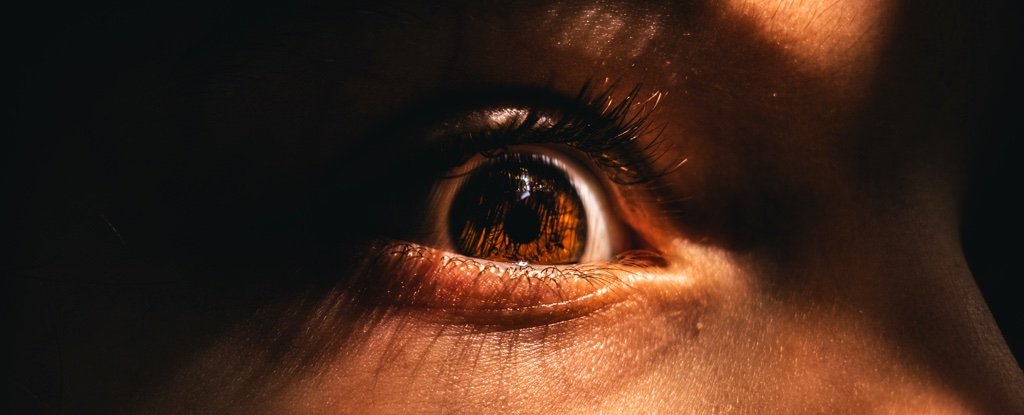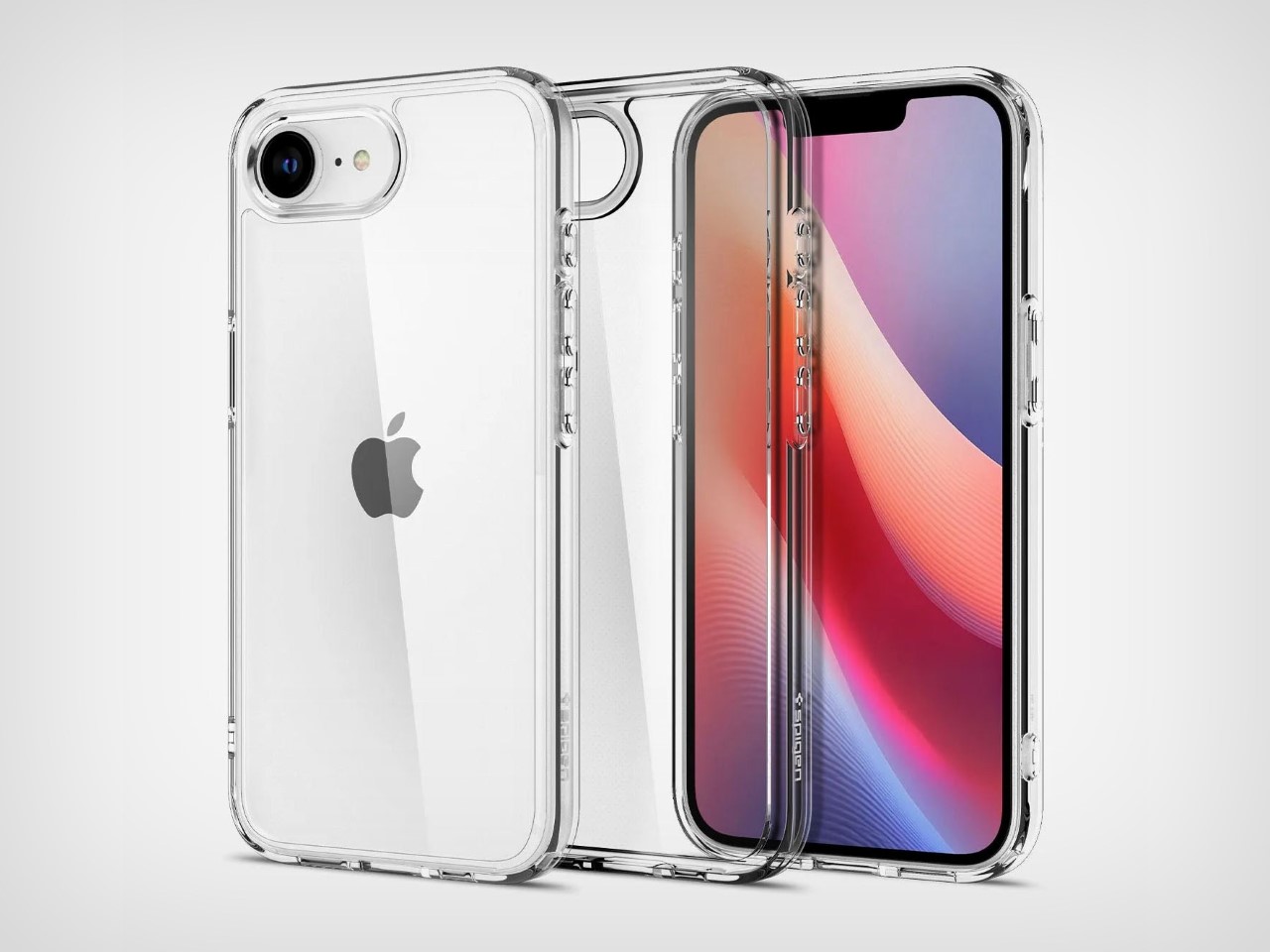Daily Quantum Learning #7 - Quantum Error Correction Basics
Error correction in quantum computers is a critical area due to the inherent fragility of quantum states. Here is a basic lesson on the principles and ideas involved: Why is Quantum Error Correction Needed? Quantum computers use qubits, which are extremely sensitive to their environment. Unlike classical bits, which can only be in one state (0 or 1), qubits can be in a superposition of states. However, this superposition can easily collapse due to the following: Decoherence: The loss of quantum information due to interaction with the environment (noise). Gate Errors: Imperfections in quantum operations or gates. Measurement Errors: Errors that occur when reading out the state of the qubits. These errors make quantum computation unreliable if not properly addressed. Quantum Error Correction (QEC) techniques are developed to protect this information. Basic Principles of Quantum Error Correction: Redundancy Similar to classical error correction, QEC uses the idea of redundancy. But instead of copying bits (which is not possible in quantum mechanics due to the no-cloning theorem), quantum information is spread across several physical qubits to form a logical qubit. Example: The simplest QEC code is the 3-qubit bit flip code. If you have a logical qubit made from three physical qubits, you encode: |0⟩_L = |000⟩ |1⟩_L = |111⟩ If one qubit flips due to an error, you can detect it because the state would change to |001⟩, |010⟩, or |100⟩ for |0⟩_L, and |110⟩, |101⟩, or |011⟩ for |1⟩_L. Knowing the majority state, you can then correct the error. Syndrome Measurement: Errors are detected without directly measuring the quantum state (which would collapse the superposition). Instead, you can measure certain parity checks or syndromes - For the 3-qubit code, you could measure the parity between qubits to detect flips: Check if qubits 1 and 2 are the same (detecting errors on qubit 3 or both 1 and 2). Check if qubits 2 and 3 are the same (detecting errors on qubit 1 or both 2 and 3). Check if qubits 1 and 3 are the same (detecting errors on qubit 2 or both 1 and 3). Error Correction - Once an error is detected with syndrome measurement, an appropriate correction operation is applied to restore the logical state. This involves applying quantum gates to flip back the incorrect qubit. Stabilizer Codes - More complex QEC schemes involve stabilizer codes like the Shor code or Surface codes. These can correct multiple types of errors (bit flips, phase flips, or both): Stabilizers are operators whose eigenvalues indicate the presence of an error. By measuring these, errors can then be detected without collapsing the quantum state. Fault-Tolerant Quantum Computing: This extends QEC by ensuring that errors during the correction process do not lead into more errors. Some techniques include: Transversal Gates - Operations where each qubit interacts only with its corresponding qubit. This helps to minimize error spread. Magic State Distillation - Preparing special quantum states that can be used to perform non-transversal gates safely. Challenges: Overhead - QEC requires many physical qubits to encode one logical qubit. This significantly increasing hardware requirements which directly increases the costs. Speed - Error correction operations must be fast enough to outpace decoherence. This puts more importance on efficient operations and limits the complexity of operations. Scalability - As quantum systems grow, the complexity of error correction scales up dramatically. Advancements are then needed to account for this. Quantum error correction is a very important active area of research. The goal is to achieve a fault-tolerant quantum computer where the logical error rate drops below the physical error rate. This will lead to much more efficient computing, which will be needed to advance the area of research.

Error correction in quantum computers is a critical area due to the inherent fragility of quantum states. Here is a basic lesson on the principles and ideas involved:
Why is Quantum Error Correction Needed?
Quantum computers use qubits, which are extremely sensitive to their environment. Unlike classical bits, which can only be in one state (0 or 1), qubits can be in a superposition of states. However, this superposition can easily collapse due to the following:
Decoherence: The loss of quantum information due to interaction with the environment (noise).
Gate Errors: Imperfections in quantum operations or gates.
Measurement Errors: Errors that occur when reading out the state of the qubits.
These errors make quantum computation unreliable if not properly addressed. Quantum Error Correction (QEC) techniques are developed to protect this information.
Basic Principles of Quantum Error Correction:
- Redundancy
Similar to classical error correction, QEC uses the idea of redundancy. But instead of copying bits (which is not possible in quantum mechanics due to the no-cloning theorem), quantum information is spread across several physical qubits to form a logical qubit.
Example: The simplest QEC code is the 3-qubit bit flip code. If you have a logical qubit made from three physical qubits, you encode:
|0⟩_L = |000⟩
|1⟩_L = |111⟩
If one qubit flips due to an error, you can detect it because the state would change to |001⟩, |010⟩, or |100⟩ for |0⟩_L, and |110⟩, |101⟩, or |011⟩ for |1⟩_L. Knowing the majority state, you can then correct the error.
- Syndrome Measurement:
Errors are detected without directly measuring the quantum state (which would collapse the superposition). Instead, you can measure certain parity checks or syndromes -
For the 3-qubit code, you could measure the parity between qubits to detect flips:
Check if qubits 1 and 2 are the same (detecting errors on qubit 3 or both 1 and 2).
Check if qubits 2 and 3 are the same (detecting errors on qubit 1 or both 2 and 3).
Check if qubits 1 and 3 are the same (detecting errors on qubit 2 or both 1 and 3).
Error Correction - Once an error is detected with syndrome measurement, an appropriate correction operation is applied to restore the logical state. This involves applying quantum gates to flip back the incorrect qubit.
Stabilizer Codes - More complex QEC schemes involve stabilizer codes like the Shor code or Surface codes. These can correct multiple types of errors (bit flips, phase flips, or both):
Stabilizers are operators whose eigenvalues indicate the presence of an error. By measuring these, errors can then be detected without collapsing the quantum state.
- Fault-Tolerant Quantum Computing:
This extends QEC by ensuring that errors during the correction process do not lead into more errors. Some techniques include:
Transversal Gates - Operations where each qubit interacts only with its corresponding qubit. This helps to minimize error spread.
Magic State Distillation - Preparing special quantum states that can be used to perform non-transversal gates safely.
Challenges:
Overhead - QEC requires many physical qubits to encode one logical qubit. This significantly increasing hardware requirements which directly increases the costs.
Speed - Error correction operations must be fast enough to outpace decoherence. This puts more importance on efficient operations and limits the complexity of operations.
Scalability - As quantum systems grow, the complexity of error correction scales up dramatically. Advancements are then needed to account for this.
Quantum error correction is a very important active area of research. The goal is to achieve a fault-tolerant quantum computer where the logical error rate drops below the physical error rate. This will lead to much more efficient computing, which will be needed to advance the area of research.
